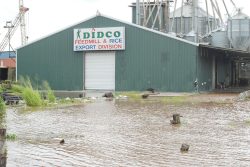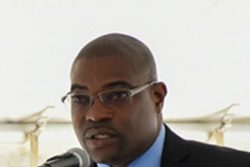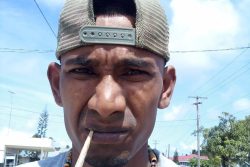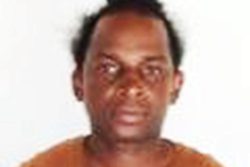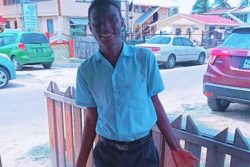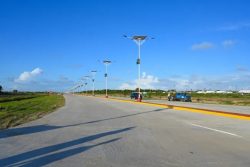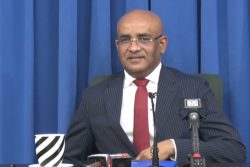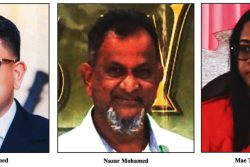MANAGUA, (Reuters) – Nicara-guans mark the anniversary of the Sandinista revolution yesterday despite months of bloody repression of protesters opposed to President Daniel Ortega, with critics increasingly comparing the former rebel to the dictator overthrown in 1979.
International condemnation against Ortega has grown sharply in the past week over his deployment of police and allied paramilitary forces to squash the unrest, which has led to nearly 300 deaths and many more injured since the protests began three months ago.
The violence marks the most severe crisis to face the 72-year-old socialist since the civil war of the 1980s, when he battled U.S.-backed “Contra” rebels. Currently serving his third term after winning electoral office in 2006, Ortega is resisting demands for his resignation and early elections.
“The people are no longer with Ortega,” said Arlene Correa, standing near the entrance of the capital’s notorious El Chipote jail, one of the main sites used to torture dissidents during the right-wing dictatorship of Anastasio Somoza, who was defeated by the Sandanista rebels nearly four decades ago.
“He seems more and more like Somoza with the violations of human rights and killings,” said Correa, whose father has been accused of supporting the protests and was detained earlier this week in Chipote, which during the latest protests has again emerged as a site for holding rebellious activists.
Ortega won re-election in late 2016 with 72 percent of the vote, but a poll in May by CID Gallup showed his approval ratings had fallen to 29 percent.
The president was to give a speech later on Thursday on a stage erected on the edge of Xolotlan Lake, just north of the capital and adjacent to a towering black silhouette of Nicaraguan revolutionary Augusto Sandino, whose resistance to the 1927-33 U.S. occupation of the Central American country inspired the movement named after him.
Ortega supporters, carrying both Nicaragua’s blue and white flag as well as the red and black banner of the ruling Sandinista party, arrived at the site from across the country.
Cuban Foreign Minister Bruno Rodriguez was among the dignitaries who traveled to attend the anniversary.
The country of 6.2 million appeared mostly calm on Thursday, despite violent confrontations over the previous few days.
“The violence needs to stop. We’ve suffered years of war and don’t want any more of it,” said pro-government law student Alexander Mendoza.
Since last weekend, forces loyal to Ortega beat back protesters in Managua and the nearby city of Masaya, a legendary revolutionary bastion from which rebels launched their final attack against Somoza, leaving more than a dozen dead.
The unrest began in April when Ortega proposed reducing pension benefits to cover a budget shortfall.
